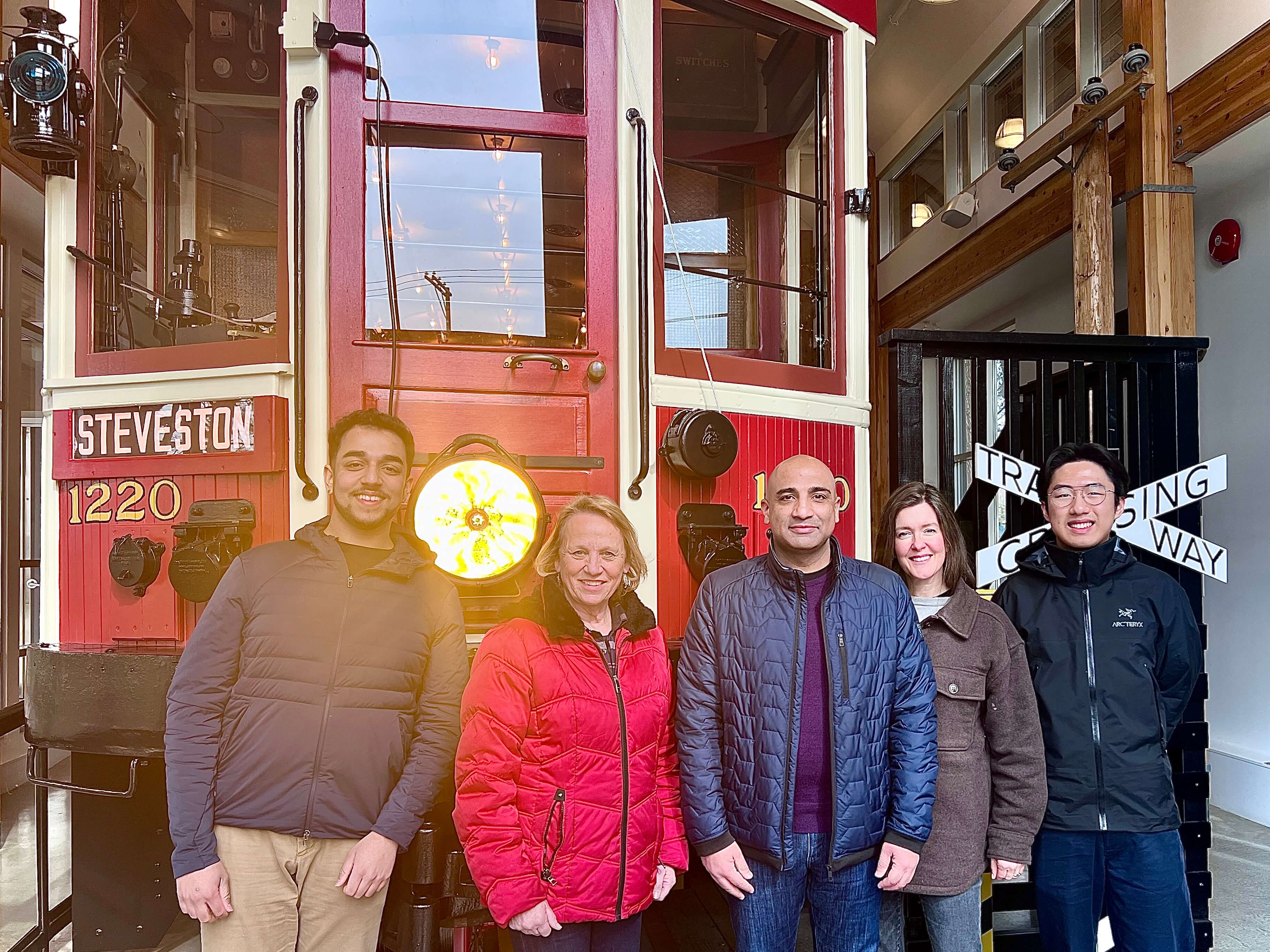
The Future of Transit in Steveston Village
Introduction
Transit in Richmond is at a crossroads. As members of Strong Towns Vancouver, we’ve recently had the chance to discuss the future of Steveston Village’s transit over coffee and breakfast with City of Richmond councillors Carol Day and Laura Gillanders, along with Member of Parliament for Steveston-Richmond East Parm Bains.
The Significance of Steveston Village
Did you know? Steveston Village served as a filming location for the beloved TV series “Once Upon a Time,” transforming into the enchanting town of Storybrooke. While this adds to its charm, Steveston is much more than a movie set. It’s a vibrant community home to many residents and local businesses that thrive on tourism. There’s enormous potential to enhance the visitor experience in this quaint town, making it easy for people to explore the sights and patronize local businesses. By reducing car dependency, we can further amplify Steveston’s unique character and charm - a goal that all stakeholders would surely appreciate for this delightful neighbourhood.
The Current State of Transit in Richmond
Richmond’s transit system is an intricate network supporting countless citizens’ daily commutes. However, as we discovered during our breakfast discussion, some pressing concerns and potential changes are on the horizon with the proposed bus exchange at the cannery site.
It’s a living, breathing community that relies on charm and accessibility to attract tourists and support local businesses. Any changes to the transit system need to preserve and enhance this charm, reversing some of the transportation challenges posed by points of interest being spread apart and difficult to access without driving and parking at each destination, much of this caused by the excessive, expansive parking lots in the neighbourhood.
Proposed Changes to Bus Routing
One major issue is the proposed changes to bus routing through Steveston Village. Although well-intentioned, the current proposal is a step in the wrong direction. The status quo isn’t perfect, but making a sweeping, expensive change to the bus network only to have it be a short-term solution and not serve the neighbourhood’s needs might not be the best solution.
Another point of concern is the proposed locations of stops and layovers. Ideally, we would prefer to see nearby municipally or federally owned parking lots converted into a proper bus loop and pedestrian safety improvements to the existing Chatham corridor.
The Importance of Careful Consideration and Public Input
Changes to public transit have the potential to alter a community’s fabric drastically. That’s why it’s so important to consider these decisions and seek ample public input carefully. Erjun represented Strong Towns Vancouver at the open house, asking questions and conducting extensive research to determine feasible alternatives. Erjun’s research looked at bus routing, publicly owned lands, upcoming developments in the area, and exemplary bus exchange projects to urge Richmond City Councillors to explore other alternatives.
Conclusion
The proposed temporary bus loop change at the Cannery site is now on hold until other alternatives are considered. The appropriate levels of government will reconsider alternatives and return to the public with a plan that better serves the needs of Steveston’s residents, businesses, and tourists. This is an excellent step towards a more collaborative and thoughtful approach to transit planning. In the future, we hope to continue these discussions and work towards solutions that work for everyone.
We encourage all residents to stay involved and voice their opinions. After all, it’s our city and our transit. Transit is one of the major tenets of our work at Strong Towns Vancouver. If you’re passionate about issues like transit, walkability, and housing in Vancouver, join our discussions!